Ukraine conflict surge raises risk of close encounter between US, Russian forces
As US and its allies rush to back Ukraine in its bid to fight off Russia’s military operation in the country, US military officials raise concerns over the possibility of close encounters between their forces that may lead to clashes and a major escalation.
The US-led efforts to support a Ukrainian military confrontation with Russia mean that more American and allied aircraft will be operating near Ukraine amid the presence of Russian military jets, and their close proximity raises the chances of a potential face-off clashes between the rival military powers, the US-based Business Insider reported Saturday.
The US "retains a number of channels to discuss critical security issues with the Russians during a contingency or emergency," said a US military official as quoted in the report.
But they were without a de-confliction line to manage their air operations until March 1, when the US Defense Department set up such a hotline with Russia's Defense Ministry, "for the purposes of preventing miscalculation, military incidents, and escalation," the official explained.
According to the report, NATO air forces already have a sizable presence across Eastern Europe, conducting air-policing operations over the Baltic and Black Sea regions as more US jets headed to the Baltics in the weeks prior to the start of Russia's military intervention.
In the hours and days after it, the alliance’s fighter jets patrolled NATO’s eastern flank as the US and its allies deployed more aircraft to the region.
With Russia's military buildup and NATO's reinforcement efforts, "there's a lot of steel in the Black Sea" and in Poland, but under the current circumstances an incident leading to escalation was less of a concern, said Aaron Stein, director of research at the Foreign Policy Research Institute.
"The two sides have professional militaries," Stein noted. "As of now, it appears that the Russians have their hands full in Ukraine, and the US and NATO itself has been very clear that they're not coming across the border."
Under those conditions, confusion could be mitigated "by just an increased ability to transmit information between the two sides," which a basic de-confliction line provides, he added.
The report then cites another unidentified US military official as saying that the de-confliction channel was "basically an open phone line" run out of US European Command headquarters in Germany and had been used at least once.
"The Russians have acknowledged it. In our initial test of it, they answered the phone, so we know that they know who's calling," he emphasized as quoted in the report.
The risk of close encounters and clashes is likely to grow as the conflict grinds on, particularly if Russia increases its operations in western Ukraine, which borders four NATO countries.
The US and other countries continue to provide security assistance, which includes weapons, to Ukraine through overland routes. Mara Karlin, assistant secretary of defense for strategy, plans, and capabilities, told lawmakers Tuesday that the Pentagon was "looking absolutely hard at" keeping those routes open as Russia takes control of more of Ukraine.
US officials are also cited as saying that they have not seen Russian forces try to interfere with those resupply efforts, but Russian aircraft have reportedly started interdiction flights near Ukraine's border with Poland.
"A targeting error leading to a strike on NATO territory is far more plausible in the fog of war," Samuel Charap, a senior political scientist at the US-based Rand Corporation think tank, wrote in the Financial Times this week.
Moscow could also come to see NATO's reinforcement efforts as an attempt to intervene "and might well respond accordingly," Charap added.
According to the report, there are already signs of Russia responding forcefully to the pressure its neighbors are applying in response to its military operation. Four Russian fighter jets briefly entered Swedish airspace on Wednesday, flying over the strategically located Gotland Island and drawing official condemnation from Stockholm.
The incident comes as public support for NATO membership risings in Sweden and Finland, and as tens of thousands of NATO troops gather in Norway for Cold Response 22, a war game that will be conducted in the sea and air around Norway, which borders sensitive Russian military installations in the Arctic.
The military drill, which a Norwegian Joint Headquarters spokesperson said is expected to involve some 30,000 troops, "will be a really important stress test in terms of restraint and in terms of avoiding escalation," said Mathieu Boulègue, a defense researcher at the Chatham House think tank.
Yemeni armed forces down F-18 fighter jet, repel US-UK attack: Spokesman
Iran warns against US-Israeli plot to weaken Muslims, dominate region
VIDEO | Public uproar in US against Israeli regime
‘Ghost town’: 70% of Jabalia buildings destroyed by Israel
Mother’s Day: Sareh Javanmardi’s inspiring journey as Paralympic champion and mother
Russia downs over 40 Ukrainian drones as Putin vows 'destruction' on Kiev
VIDEO | Yemen: A bone in Israeli neck
D-8’s role in Iran’s economy after Cairo summit


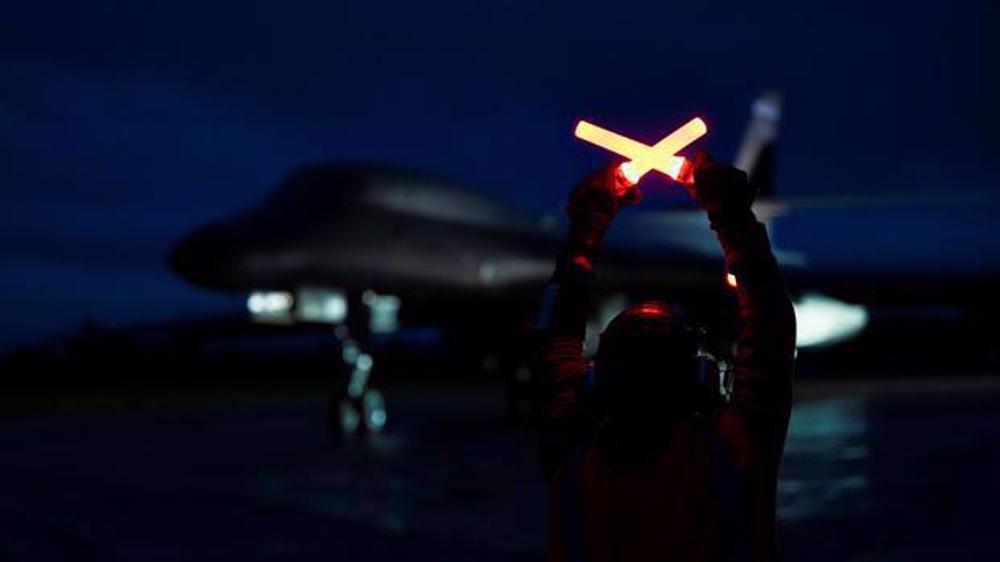
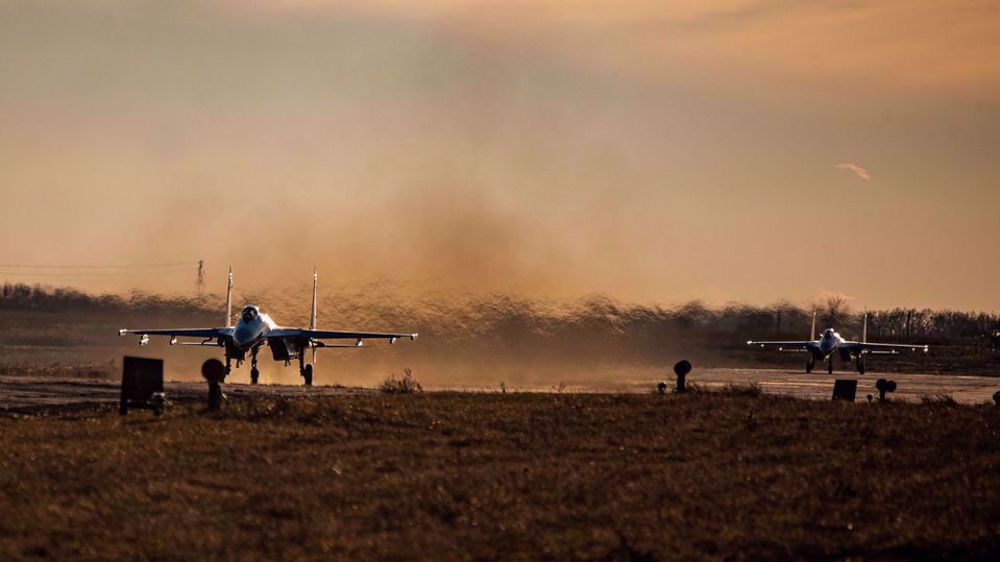
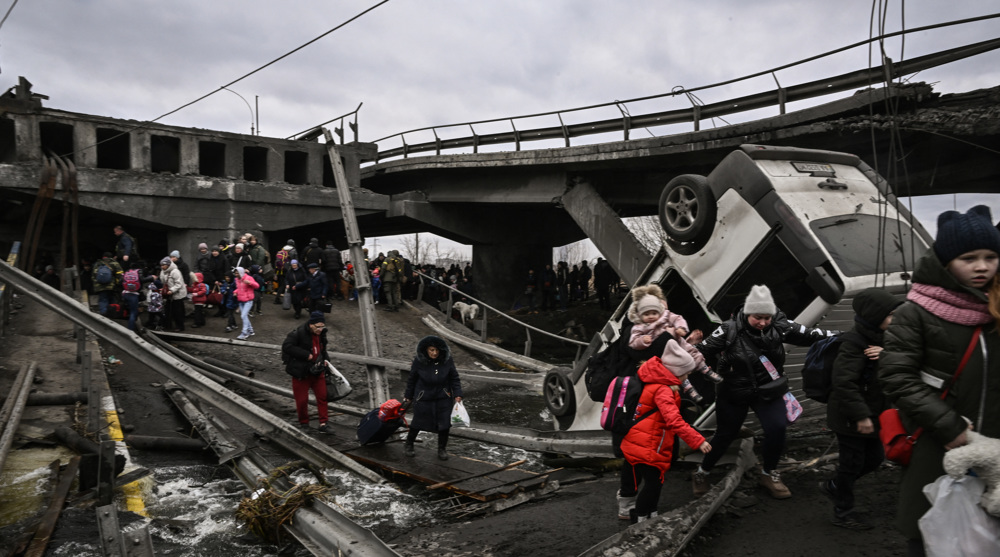
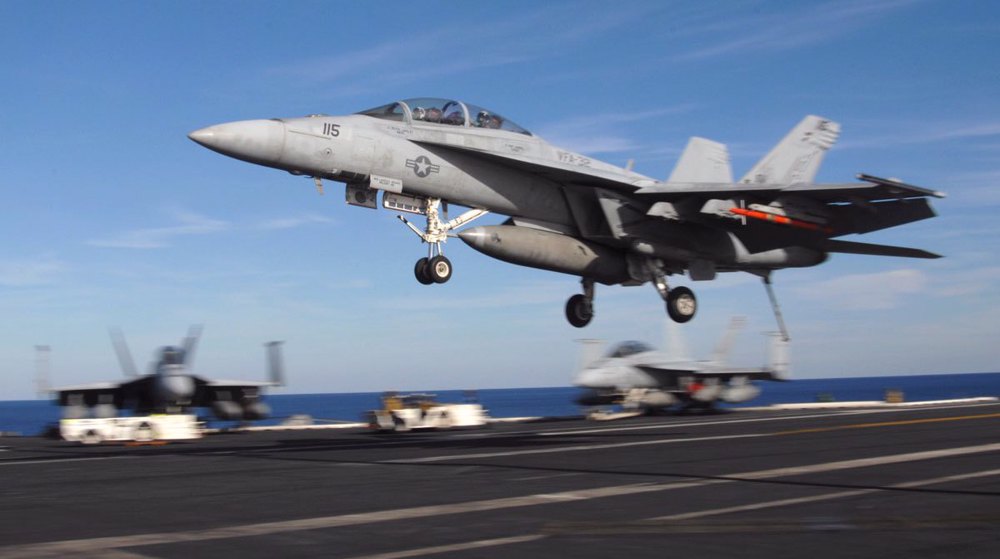

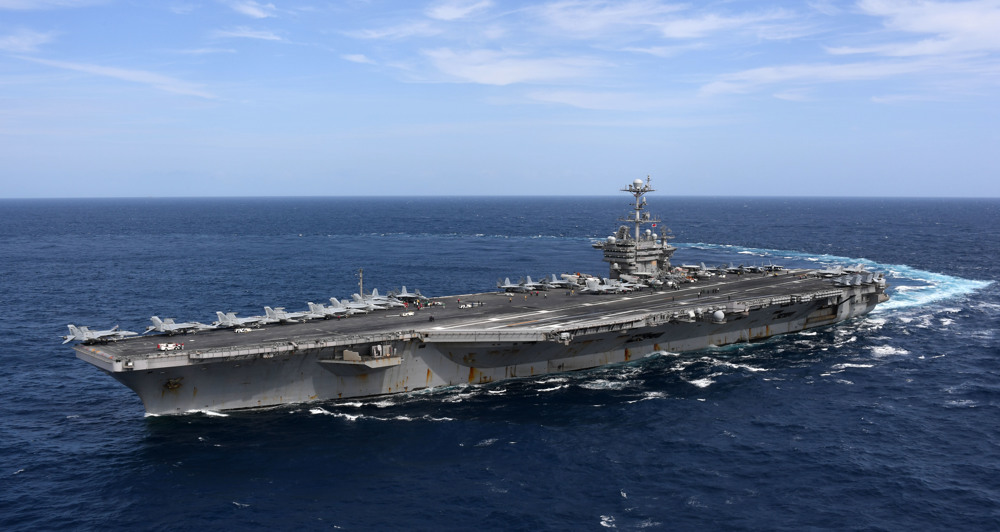



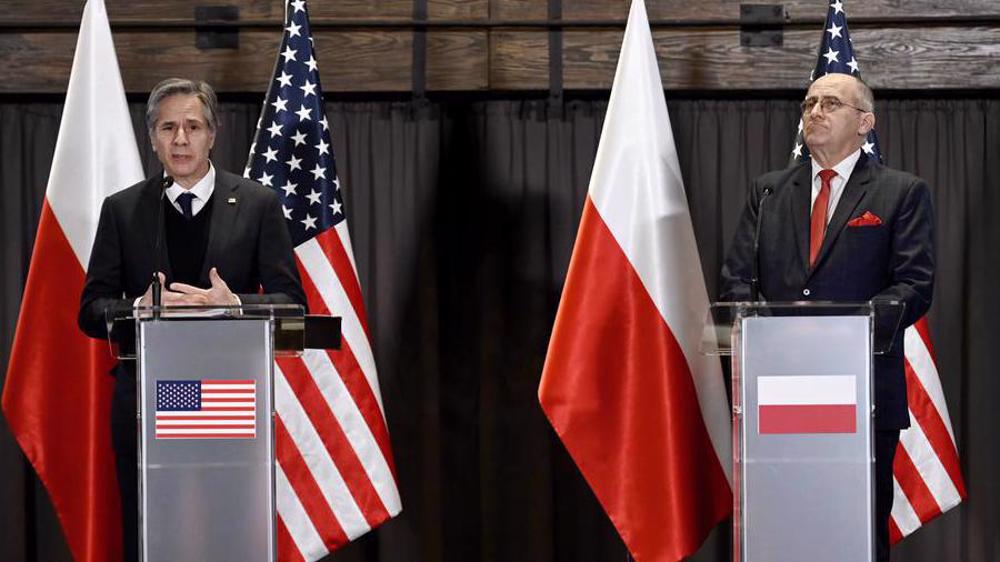
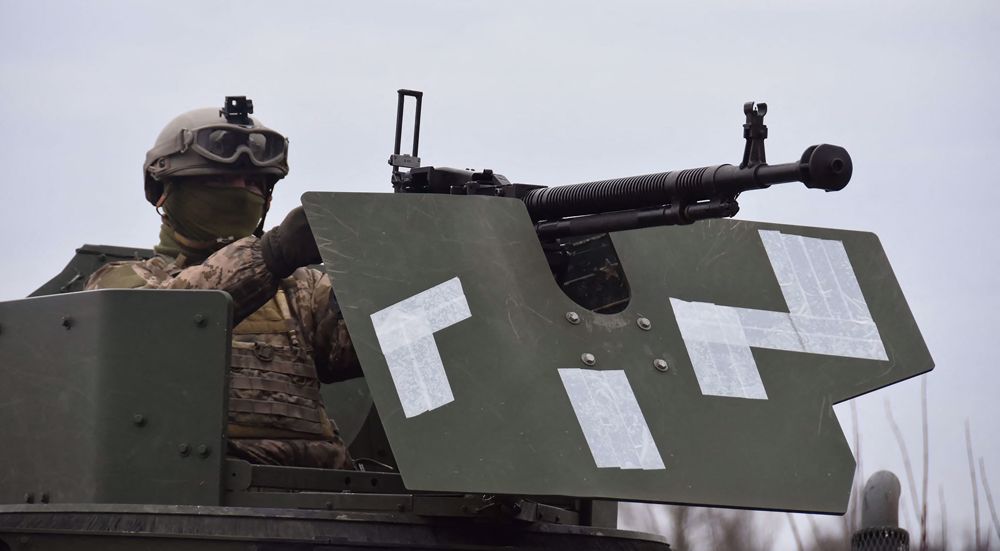
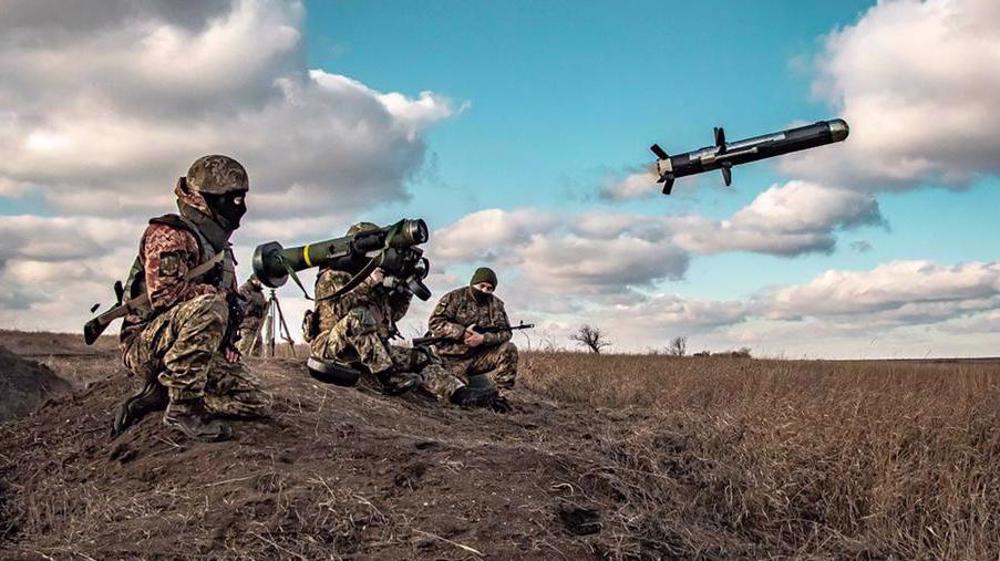

 This makes it easy to access the Press TV website
This makes it easy to access the Press TV website